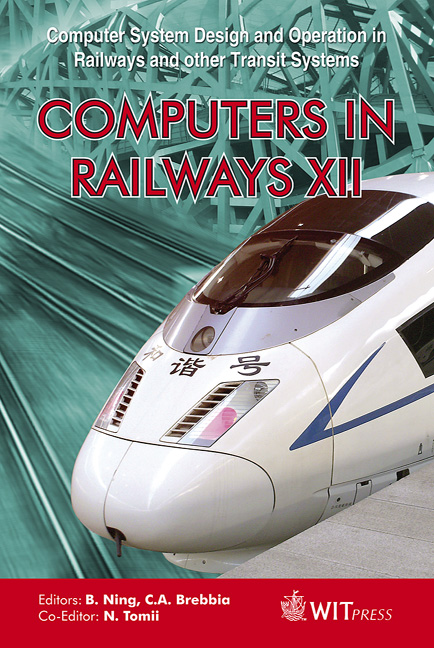Study On The Method Of Traction Motor Load Simulation On Railway Vehicles
Price
Free (open access)
Transaction
Volume
114
Pages
12
Page Range
233 - 244
Published
2010
Size
567 kb
Paper DOI
10.2495/CR100231
Copyright
WIT Press
Author(s)
F. Lu, S. Li, L. Xu & Z. Yang
Abstract
Based on the physical model of the motor-wheelset system, the expression of the load torque of traction motor is drawn out. According to the two parts – the damping torque of the load torque and inertia loads – the control method of DC load motor electromagnetic torque is proposed separately. Following the principle that the acceleration time should be the same as the actual time, it indicates how to reduce the traction performance curve to fit the power of the load simulation system in the laboratory. Consulting with the actual parameters of CRH2 EMUs, it simulates and authenticates the system control following the method above. Having controlled the damping load torque on 3.5kW hardware platform, the results show the agreement of performance of simulated vehicles and the actual performance curve. This indicates that the method can accurately and exactly simulate the traction motor load. Keywords: load simulation, traction motor, damping load, inertial load, torque control. 1 Introduction Traction motor load simulation is a method used to obtain the experimental data in the laboratory without experiments on the actual vehicle, by which we can do analysis and research on a traction motor’s characteristic and the control method of the propulsion system. It overcomes the shortcomings of actual-vehicle experiments, such as the high cost, low feasibility, difficulty in changing the condition outside the vehicle and the long cycle of a complete test. By imitating the different kinds of load of the traction motor in different conditions, the key physical quantities’ change can be observed in the corresponding conditions, even under the affection of some certain disturbance. These are important
Keywords
load simulation, traction motor, damping load, inertial load, torque control





